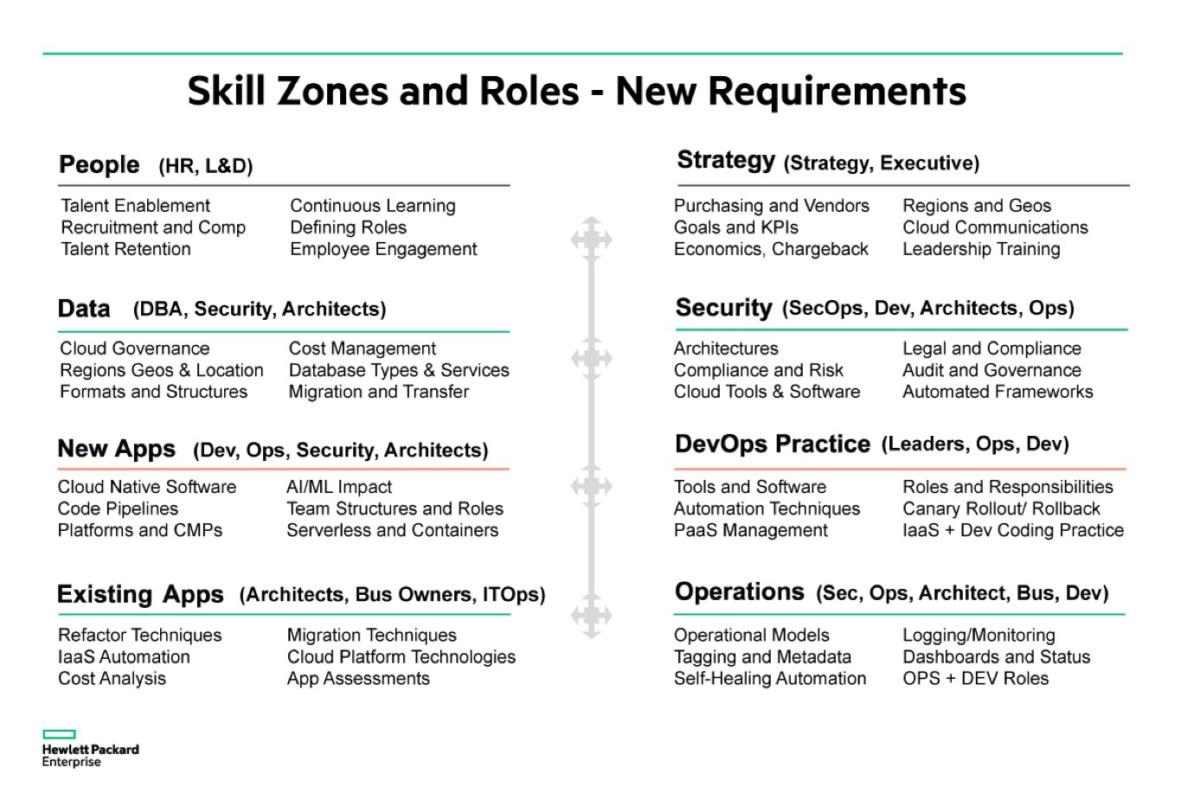- Community Home
- >
- Software
- >
- HPE Ezmeral: Uncut
- >
- It’s a brave, new cloud world out there. Are you r...
Categories
Company
Local Language
Forums
Discussions
Forums
- Data Protection and Retention
- Entry Storage Systems
- Legacy
- Midrange and Enterprise Storage
- Storage Networking
- HPE Nimble Storage
Discussions
Discussions
Discussions
Forums
Discussions
Discussion Boards
Discussion Boards
Discussion Boards
Discussion Boards
- BladeSystem Infrastructure and Application Solutions
- Appliance Servers
- Alpha Servers
- BackOffice Products
- Internet Products
- HPE 9000 and HPE e3000 Servers
- Networking
- Netservers
- Secure OS Software for Linux
- Server Management (Insight Manager 7)
- Windows Server 2003
- Operating System - Tru64 Unix
- ProLiant Deployment and Provisioning
- Linux-Based Community / Regional
- Microsoft System Center Integration
Discussion Boards
Discussion Boards
Discussion Boards
Discussion Boards
Discussion Boards
Discussion Boards
Discussion Boards
Discussion Boards
Discussion Boards
Discussion Boards
Discussion Boards
Discussion Boards
Discussion Boards
Discussion Boards
Discussion Boards
Discussion Boards
Discussion Boards
Discussion Boards
Discussion Boards
Community
Resources
Forums
Blogs
- Subscribe to RSS Feed
- Mark as New
- Mark as Read
- Bookmark
- Receive email notifications
- Printer Friendly Page
- Report Inappropriate Content
It’s a brave, new cloud world out there. Are you ready?

But, there’s a downside. Organizations aren’t well-prepared for or knowledgeable about this monumental shift in how the new IT needs to work. It’s a brave new DevOps world out there, and organizations are struggling to be successful within it.
As I travel the world, I see the same problems play out time and again—and many of these challenges involve the changing roles of people within an IT organization. In this article, I describe how to identify and embrace these roles as you migrate to the cloud and transform your business.
It’s a new world, so you need new roles
Current roles are evolving to encompass new tasks brought on by the daily operations in the public cloud. One of the biggest problems for organizations is a lack of skilled people. And when qualified people are found, they are often expensive. To combat this challenge, many organizations choose to develop a training, up-skilling, and enablement process—an expensive investment in people and a process that will take years.
Changing roles requires people to think differently, transitioning old skills to new skills. The first step in finding the right skills is to identify what you need. To help you determine the learning tracks necessary for your people, I’ve structured the new cloud roles into eight fundamental skill zones:
- People
- Data
- Innovation and new apps
- Existing portfolio and apps
- Strategy
- Security
- DevOps practice
- Operations and service quality
The chart below lists these eight skill zones; under each, I break down the skills needed per zone.

This chart contains a wealth of information you can use to identify the roles you need to train your people for a successful cloud transformation. For example, let’s review the top left skill zone: people. In this section, you will see how the roles of human resources (HR) and learning and development (L&D) staff should change.
I list six key skill areas that will need retraining under the people zone. HR and L&D will want to invest in cloud talent enablement programs, along with rethinking what curriculums they offer employees for continuous learning. The people in this group must develop a training initiative targeted at each new role from the other seven areas listed. The goal of HR and L&D staff should be to ensure learning services for this new cloud world are constantly available. They must find and provide educational resources such as virtual instructor-led training, podcasts, webinars, and progressive learning management systems (LMS).
HR and L&D must also understand all of the new cloud roles and weigh different needs in their recruiting and compensation packages. And finally, they will want to look at talent retention differently by determining how to better engage current employees in their new cloud roles.
Break down the silos – the new roles are interconnected
A key thing to keep in mind is that everyone in each skill zone interacts with the others. For example, let’s say you are a developer writing a new application. You’ve been trained in all six areas in your specialty: you understand the new cloud tools and software, automation techniques, platform as a service (PaaS) management, along with the other key areas listed.
But…if you haven’t thought about the economics involving your app, you may not last long. As soon as your CFO (grouped in the top right zone under strategy) sees the latest cloud bill, all of your hard work may very well be scrapped due to runaway deployment costs.
In this new cloud world, no one is an island; everyone is co-dependent on each other. And communication between all eight skill zones is only the beginning. Those in each zone must have a basic knowledge of each roles and responsibilities in each of the other zones.
Successfully navigating the new cloud world
Cloud adoption across an enterprise is a major undertaking. Organizations are finding themselves in this brave, new cloud world without the proper compass to navigate through it. To be successful, you must start at the beginning – by first identifying key roles and the skills you will need.
This article is the fourth in a series on how to train your employees for a successful cloud transformation. You can read the first three articles here: Admitting you have a problem with your cloud transformation, 5 proven tactics to break up the cloud deployment logjam, and IT Operations and Developers: Can’t we all just get along. For more information on a smooth transition to multi-cloud, visit the CTP website. To learn more about how to ease your digital transformation, click here.
Featured articles:
- Podcast: Who, if anyone, is in charge of multicloud business optimization? [enterprise.nxt]
- Want to know the future of technology? Sign up for weekly insights and resources
Robert Christiansen
VP Global Cloud Delivery for Cloud Technology Partners
an Hewlett Packard Enterprise company
twitter.com/rbchristiansen
linkedin.com/in/robert-christiansen-870239/
hpe.com/composable
- Back to Blog
- Newer Article
- Older Article
- SFERRY on: What is machine learning?
- MTiempos on: HPE Ezmeral Container Platform is now HPE Ezmeral ...
- Arda Acar on: Analytic model deployment too slow? Accelerate dat...
- Jeroen_Kleen on: Introducing HPE Ezmeral Container Platform 5.1
- LWhitehouse on: Catch the next wave of HPE Discover Virtual Experi...
- jnewtonhp on: Bringing Trusted Computing to the Cloud
- Marty Poniatowski on: Leverage containers to maintain business continuit...
- Data Science training in hyderabad on: How to accelerate model training and improve data ...
- vanphongpham1 on: More enterprises are using containers; here’s why.
- data science course on: Machine Learning Operationalization in the Enterpr...

